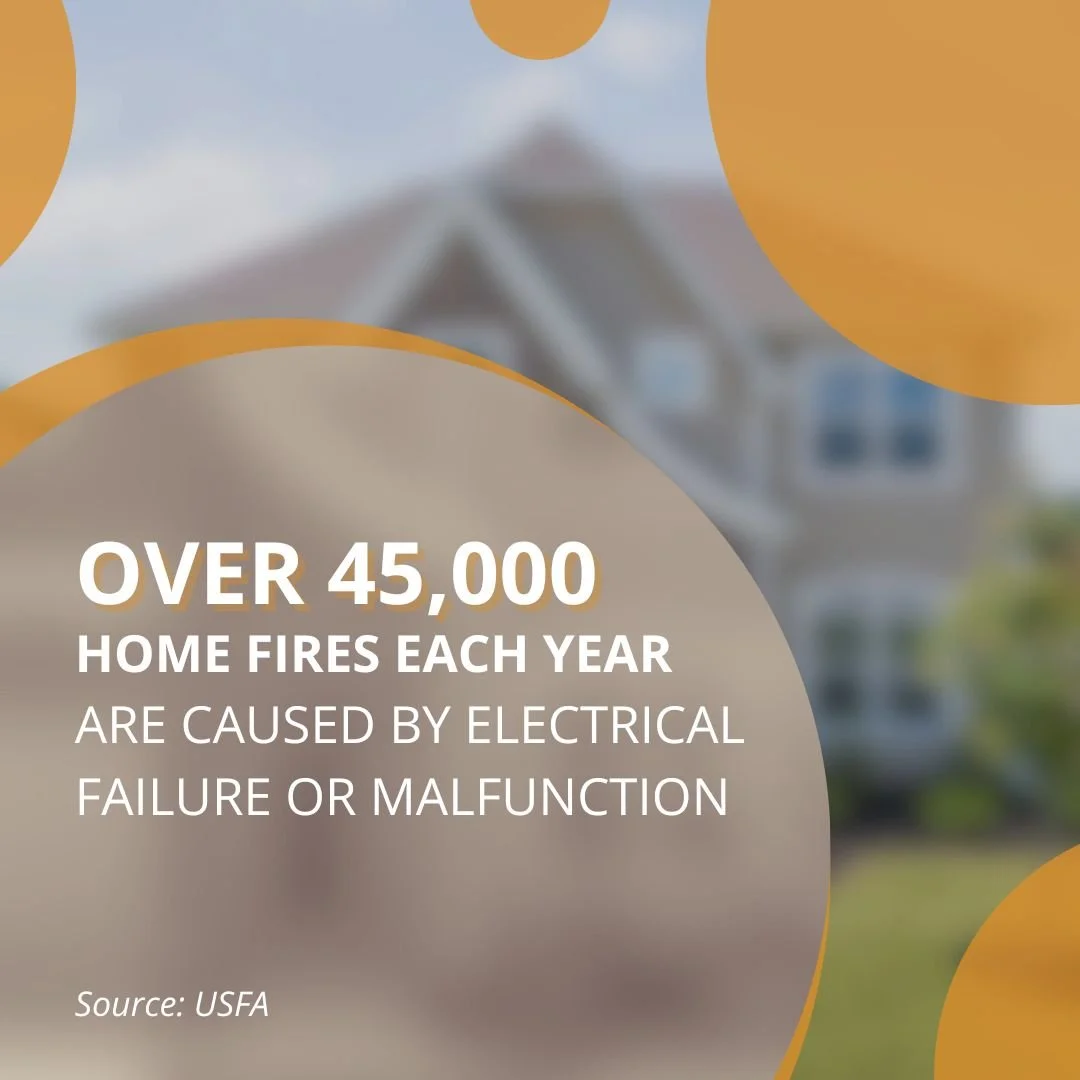Don’t Get Shocked: Safely Checking a GFCI Outlet
GFCI outlets are a key part of home electrical safety, but many homeowners don’t know how to test them. Or worse, they assume everything’s fine until something goes wrong. The good news is that checking a GFCI outlet safely is quick and easy.
In this guide, we’ll walk you through how GFCI outlets work, why they’re important, and the right way to test them without risking a shock or damaging your wiring.
What Is a GFCI Outlet?
GFCI stands for Ground Fault Circuit Interrupter. These outlets are designed to shut off electricity the moment they detect a change in current flow, which can happen when water or a person disrupts the circuit.
They are typically installed in areas where water and electricity are both present, such as:
Bathrooms
Kitchens
Garages
Laundry rooms
Outdoor areas
If your home was built or updated after the 1980s, chances are you have at least a few GFCI outlets already in place. They’re recognizable by the Test and Reset buttons located between the two plugs.
Why they’re important
A GFCI outlet could save your life. Its job is to stop the flow of electricity before a serious shock can occur. Here’s why they’re so important:
Fast response: They trip in under a second if a ground fault is detected.
Fire prevention: Faulty wiring or moisture can spark fires. A GFCI outlet shuts power off before that happens.
Code compliance: Most building codes now require GFCI protection in specific areas.
In Pensacola and other humid regions, these outlets are especially important for preventing moisture-related hazards.
How to Safely Test a GFCI Outlet
Testing your GFCI outlet should be part of your regular home maintenance routine. Most manufacturers recommend testing them once a month. Here's how to do it:
Step 1: Press the Test button
Press the small button labeled Test. You should hear a click, and the power should shut off to anything plugged into the outlet.
Step 2: Check that the power is off
Plug in a small device like a nightlight or phone charger. If it doesn't turn on, the outlet has successfully shut off.
Step 3: Press the Reset button
Now press the Reset button. You should hear another click, and the power should return. Test the device again to make sure it works.
If the outlet doesn’t trip or reset properly, stop using it and call a licensed electrician.
You can also purchase a GFCI tester from a hardware store. These inexpensive tools plug into the outlet and simulate a ground fault, giving a visual reading of whether the outlet is working correctly.
What to Watch Out For
Not all GFCI issues are obvious. Here are some signs your outlet might not be working as it should:
The outlet doesn’t trip when tested
The Reset button won’t stay in
The outlet feels hot to the touch
There’s a buzzing or crackling sound
Frequent tripping without any clear cause
In these cases, the outlet could be worn out, incorrectly wired, or damaged. Older outlets tend to wear down over time, especially if they’re exposed to moisture or heavy use.
Other Questions Homeowners Often Ask
How often should I replace a GFCI outlet?
Most GFCI outlets last about 10 years, but they should be replaced sooner if they stop functioning properly.
Can one GFCI protect multiple outlets?
Yes. A single GFCI outlet can protect others on the same circuit, usually labeled as “downstream.” However, only the first outlet in the chain will have Test and Reset buttons.
Can I install a GFCI outlet myself?
If you’re comfortable working with electrical wiring and the power is off at the breaker, it’s legal for homeowners to install GFCIs in Florida. If you're unsure, call a licensed electrician or schedule a home inspection to check for proper installation.
Is it safe if my GFCI outlet is in a two-prong setup?
Not really. GFCI outlets are safest when properly grounded. A two-prong setup may not offer the same level of protection, and it may not meet current code.
When to Call a Professional
If you test your outlet and it fails, or if you’re unsure about your home’s wiring, don’t guess. Schedule a home inspection or call an electrician. You should also call a pro if:
You’re unsure whether a GFCI is wired correctly
You need to install new outlets in a kitchen, bathroom, or outdoor area
You have recurring electrical issues like breaker trips or flickering lights
A licensed home inspector can spot improper GFCI placement, outdated wiring, or overloaded circuits that a homeowner might miss.
Final Thoughts
GFCI outlets play a major role in keeping your home and family safe from electrical hazards. Testing them only takes a minute, but that simple step can prevent injury, damage, or worse.
If you’re in the Pensacola area and want to make sure your home’s electrical system is up to code and fully functional, Taylor Made Home Inspections is here to help. We inspect for proper outlet placement, grounding, and function as part of every full inspection.


